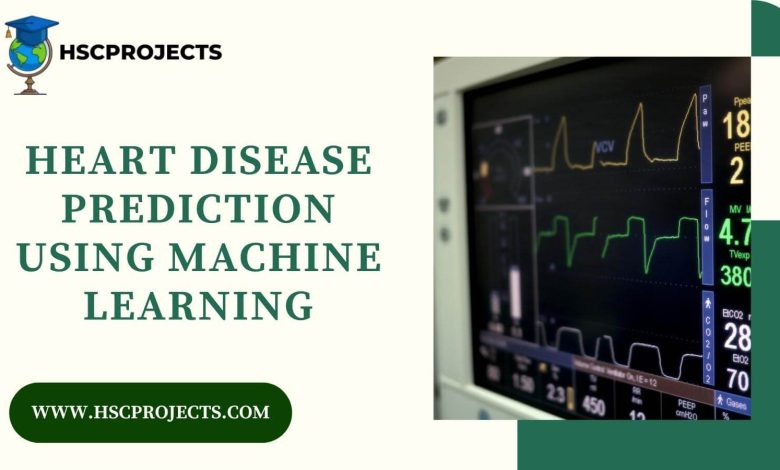
Heart Disease Prediction Using Machine Learning
Introduction
Heart diseases have become a leading cause of mortality worldwide. Immediate diagnosis can often make a huge difference in treatment outcomes. Our Heart Disease Prediction Project aims to serve this very purpose. Utilizing machine learning algorithms, this intelligent online consultation system offers instant, reliable guidance regarding heart disease-related issues.

How It Works
The core of the heart disease prediction project is an intelligent machine learning model. Users are required to input various health-related details, which are then processed to predict the likelihood of heart-related illnesses. Advanced data mining techniques underpin this system, allowing it to offer the most accurate possible diagnoses based on the given data.
Components of the System
- User Interface: Allows easy data entry and instant access to results.
- Machine Learning Algorithm: Processes user details to predict heart disease risks.
- Doctor’s Directory: A comprehensive list of specialized doctors for further consultation.
Features
- Accessibility: Users can access the system at any time, making it invaluable during emergencies.
- Instant Diagnosis: The algorithm offers instant predictive outcomes based on the information entered.
- Connection to Medical Professionals: The platform also serves as a directory for specialized doctors.
Advantages
- Timely Medical Advice: No need to wait for doctor appointments.
- Increased Outreach: Enables doctors to connect with more patients online.
- Emergency Support: A real boon during medical emergencies requiring immediate advice.
Limitations
- Accuracy: No system is 100% accurate; it’s crucial to consult a medical professional for a comprehensive diagnosis.
- User-Dependent: The system requires accurate data entry from the user for effective predictions.
Conclusion
While the Heart Disease Prediction Project cannot replace a full-fledged medical check-up, it does serve as a highly useful preliminary tool for heart disease prediction using machine learning. As technology advances, the accuracy and reliability of such projects are only expected to improve, making them an integral part of our healthcare systems in the near future.
Sample Code
pip install numpy pandas scikit-learn
# Importing libraries
import numpy as np
import pandas as pd
from sklearn.model_selection import train_test_split
from sklearn.linear_model import LogisticRegression
from sklearn.metrics import accuracy_score, classification_report
# Load the dataset (assuming you have a dataset named 'heart_disease_data.csv')
data = pd.read_csv('heart_disease_data.csv')
# Select features and target variable
features = data[['age', 'sex', 'cp', 'trestbps', 'chol', 'fbs', 'restecg', 'thalach', 'exang', 'oldpeak', 'slope', 'ca', 'thal']]
target = data['target']
# Split the data into training and testing sets
X_train, X_test, y_train, y_test = train_test_split(features, target, test_size=0.2, random_state=42)
# Initialize the logistic regression model
model = LogisticRegression()
# Fit the model
model.fit(X_train, y_train)
# Make predictions
y_pred = model.predict(X_test)
# Evaluate the model
print("Accuracy:", accuracy_score(y_test, y_pred))
print("Classification Report:", classification_report(y_test, y_pred))
# Function for new predictions
def predict_heart_disease(input_features):
prediction = model.predict([input_features])
if prediction == 1:
return "High risk of heart disease"
else:
return "Low risk of heart disease"
# Example use of prediction function
print(predict_heart_disease([63, 1, 3, 145, 233, 1, 0, 150, 0, 2.3, 0, 0, 1]))
In order to download the PDF, You must follow on Youtube. Once done, Click on Submit
Follow On YoutubeSubscribed? Click on Confirm
Download Heart Disease Prediction Using Machine Learning PDF






